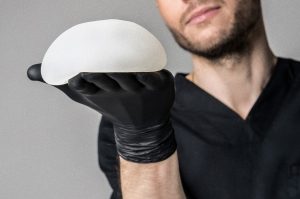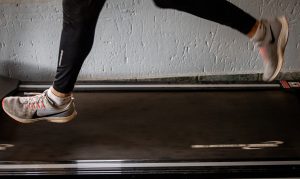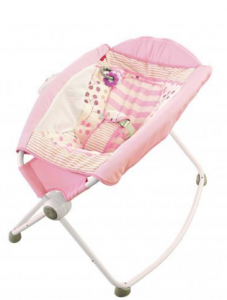 After Allergan’s textured breast implants were linked to breast implant-associated anaplastic large cell lymphoma (BIA-ALCL), the FDA asked Allergan to voluntarily recall the implants in July 2019. BIA-ALCL is a rare form of Non-Hodgkin’s lymphoma that appears almost exclusively in women who have textured breast implants, Allergan’s Biocell implants in particular.
After Allergan’s textured breast implants were linked to breast implant-associated anaplastic large cell lymphoma (BIA-ALCL), the FDA asked Allergan to voluntarily recall the implants in July 2019. BIA-ALCL is a rare form of Non-Hodgkin’s lymphoma that appears almost exclusively in women who have textured breast implants, Allergan’s Biocell implants in particular.
BIA-ALCL is typically found in the scar tissue and fluid surrounding the implants, and if left untreated, can spread to other parts of the body. The symptoms of the cancer include pain or swelling near the implant, a lump in the breast, or a hardening of the breast. So far, 481 women with Allergan textured breast implants have been diagnosed with BIA-ALCL, and 33 have died.
Since the recall, women have been consulting with their doctors about the best course forward for them, including discussing whether removing the implants and replacing them with a safer type of breast implant is the best option. Many women, with the advice of their doctor, have decided to go this route.
 Illinois Personal Injury Lawyer Blog
Illinois Personal Injury Lawyer Blog


 Peloton is recalling its Tread+ and Tread treadmills, less than a month after fighting with the U.S. Consumer Product Safety Commission (CPSC) over the agency’s “urgent warning” about the potential dangers of the treadmills and request for a recall of the machines. The warning urged consumers to stop using the treadmills after they were linked to the death of one child and the injuries of 29 others.
Peloton is recalling its Tread+ and Tread treadmills, less than a month after fighting with the U.S. Consumer Product Safety Commission (CPSC) over the agency’s “urgent warning” about the potential dangers of the treadmills and request for a recall of the machines. The warning urged consumers to stop using the treadmills after they were linked to the death of one child and the injuries of 29 others. Keeping children safe and protected from hazards is a top priority for parents. Unfortunately, many toys on the market pose a danger to children. As a result, every three minutes in the U.S., a child is brought to an emergency room with a toy-related injury. Regardless of the severity of the risk they pose–from minor to serious injury or even death–it is unacceptable that dangerous toys are being sold and marketed to children. Playtime should be a safe time for all children. Luckily, there is a non-profit that is solely focused on keeping children safe and educating the public about toy safety. W.A.T.C.H., World Against Toys Causing Harm Inc., releases a yearly list of the most dangerous toys. The toys included on the list this year may pose a choking hazard or cause lacerations, impact injuries, eye injuries, or other injuries, so it is best to avoid them. Below you will find the ten toys that made the list and why W.A.T.C.H. considers them unsafe:
Keeping children safe and protected from hazards is a top priority for parents. Unfortunately, many toys on the market pose a danger to children. As a result, every three minutes in the U.S., a child is brought to an emergency room with a toy-related injury. Regardless of the severity of the risk they pose–from minor to serious injury or even death–it is unacceptable that dangerous toys are being sold and marketed to children. Playtime should be a safe time for all children. Luckily, there is a non-profit that is solely focused on keeping children safe and educating the public about toy safety. W.A.T.C.H., World Against Toys Causing Harm Inc., releases a yearly list of the most dangerous toys. The toys included on the list this year may pose a choking hazard or cause lacerations, impact injuries, eye injuries, or other injuries, so it is best to avoid them. Below you will find the ten toys that made the list and why W.A.T.C.H. considers them unsafe: Graco has issued a recall of approximately 51,000 of their infant inclined sleepers because they pose a suffocation risk. While no deaths have occurred with the Graco infant inclined sleepers, there have been a number of infant deaths linked to other, very similar products. The inclined sleepers that are being
Graco has issued a recall of approximately 51,000 of their infant inclined sleepers because they pose a suffocation risk. While no deaths have occurred with the Graco infant inclined sleepers, there have been a number of infant deaths linked to other, very similar products. The inclined sleepers that are being 

